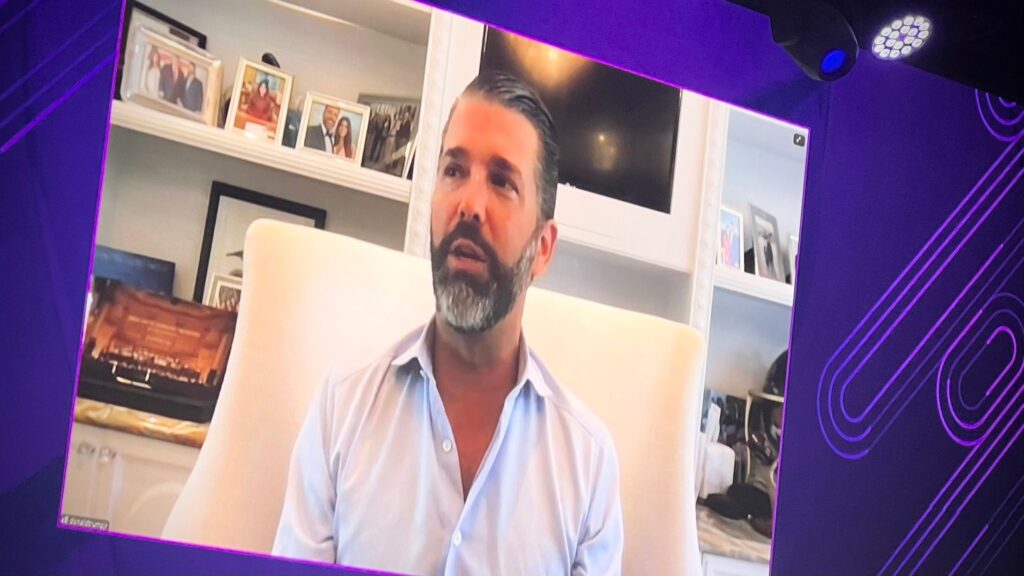The Rise of Crypto Hedge Funds
In the ever-evolving landscape of digital finance, Chris Solarz, the Chief Investment Officer of Amitis Capital, asserts that now is the prime moment for investing in crypto hedge funds. Amitis Capital specializes in a fund of funds structure, directing investments toward various money managers in the cryptocurrency space.
“This is the golden age for crypto hedge fund investing,” Solarz remarked in an interview. With an impressive background managing nearly $8 billion in allocations at Cliffwater, he believes the confluence of factors at play in the sector presents a unique opportunity. “The potential of blockchain technology is immense, and the scarcity of competent money managers makes this an ideal environment for selecting winners.”
The Uncharted Territory of Crypto Markets
Solarz explains that the crypto markets remain relatively nascent, allowing fund managers to employ trading strategies reminiscent of the early days of traditional finance (TradFi) when hedge funds were still emerging. In 1990, there were only 127 hedge funds managing approximately $39 billion. By 2024, this number has ballooned to over 10,000 funds managing around $5 trillion. This dramatic increase has made outperforming the market considerably more challenging in traditional finance.
According to Solarz, the crypto sector, with roughly 1,650 hedge funds managing $88 billion, offers a significantly less competitive environment—approximately ten times less than traditional markets. This allows managers to revisit and adapt strategies that may have become ineffective in TradFi due to market saturation.
Identifying Competent Managers
Solarz emphasizes the importance of discerning which money managers are genuinely equipped to handle investments in the crypto space. “In my experience, 19 out of 20 managers don’t deserve to be managing funds,” he stated. Many of these managers lack experience and simply replicate popular investments like Bitcoin, Ethereum, and Solana without offering unique value. Solarz believes that when he pays a management fee, he expects more than just access to basic cryptocurrencies or ETFs.
The Future of Crypto Integration
Looking ahead, Solarz predicts that the crypto sector will continue to provide asymmetric opportunities for savvy money managers until the technology becomes fully integrated into the broader financial system. He likens the current state of crypto to the early days of dot-com companies, suggesting that in time, all firms will be seen as part of the digital finance ecosystem. He speculates that Bitcoin could catch up to gold’s market capitalization within the next decade, further embedding crypto within the financial landscape.
The Disappearance of Altcoin Seasons
In assessing the crypto landscape, Solarz categorizes funds into three main types: venture funds (which invest in startups), liquid directional funds (which speculate on market movements), and liquid market neutral funds (which aim to profit regardless of market trends).
When evaluating liquid directional funds, Solarz focuses more on the investment management process and risk mitigation rather than specific market predictions. He analyzes performance data to assess how much value each manager adds, recognizing that avoiding major losses is easier than consistently selecting the top performers.
Solarz foresees the end of the altcoin season, stating that of the approximately 40 million tokens currently in circulation, he predicts that 99.99% will eventually lose their value. “Only about 100 tokens are worth discussing,” he noted. He argues that the crypto market will require a substantial influx of capital—at least $300 billion—to maintain current price levels due to upcoming token unlocks that threaten to depress the top 100 tokens. With retail traders shifting focus to meme coins, there is a lack of demand to absorb this supply, stalling any potential for an altcoin bull market.
Exploring Market Neutral Strategies
Historically, Solarz notes that venture capital funds have attracted five times more investment than all liquid crypto funds combined. This trend is partly because venture investing allows for easier concealment of mark-to-market losses. However, Amitis Capital sees greater potential in liquid investments. Solarz has already allocated capital to 14 funds, including three venture capital funds, four liquid directional funds, and seven liquid market neutral funds.
“The institutional focus is primarily on capital preservation, while family offices like ours aim to compound returns,” he explained. While he remains open to exceptional venture capital opportunities, the standards for investment are significantly higher if funds require a decade-long lockup.
Market neutral strategies continue to prove lucrative, as illustrated by traders who capitalized on price discrepancies during a regional crisis in South Korea. When local investors sold off their assets amidst panic, opportunities arose for funds to exploit price differences on exchanges. Another successful strategy involves taking advantage of funding rates associated with perpetual contracts, allowing institutional investors to maintain a market-neutral stance while earning interest on their holdings.
“This approach yields consistent, double-digit returns,” Solarz concluded, emphasizing the potential for profitability in market neutral strategies within the crypto space.



